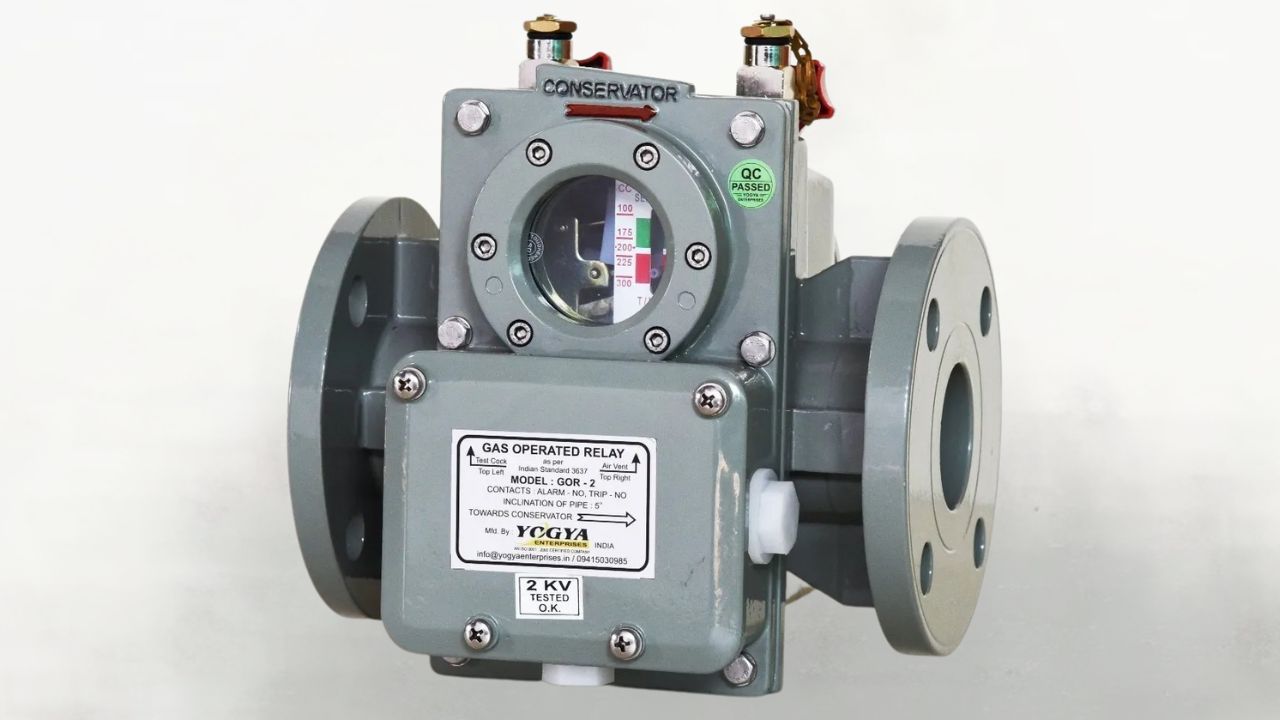Especially in the oil and gas industry, an oil surge relay is a crucial feature in many different industrial uses. Monitoring and regulating oil levels in tanks, pipelines, and other systems depends on these relays in great part. Oil surge relays preserve operational safety and efficiency by serving as a barrier against overflow or underflow circumstances. Understanding their purposes, forms, installation techniques, maintenance counsel, and most recent innovations transforming their application in the sector, this article will explore the world of oil surge relays in great detail.
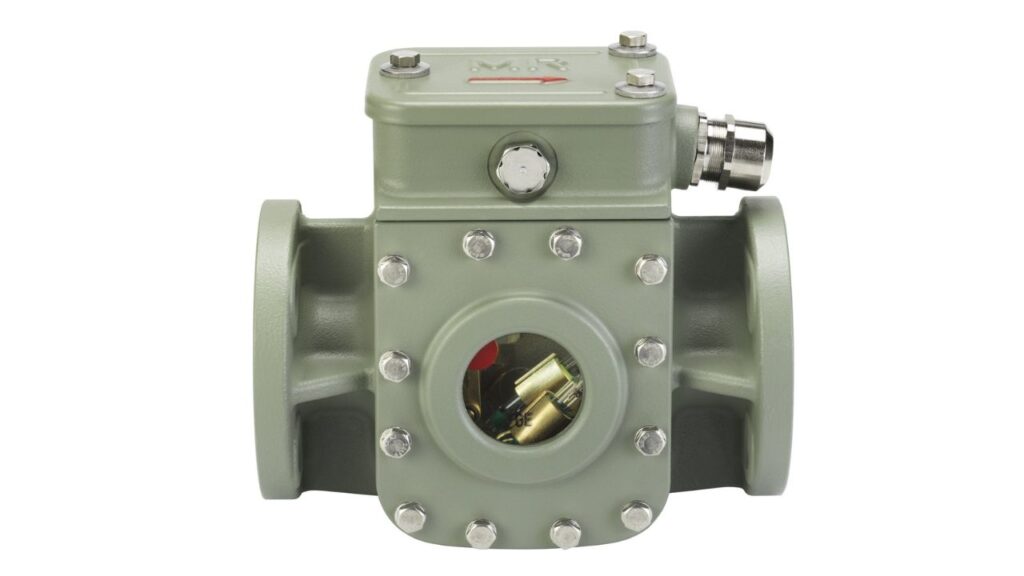
What is an Oil Surge Relay?
An oil surge relay is a specific tool meant to sense changes in oil levels and react to keep system integrity. It guarantees that the oil stays within given restrictions by measuring its pressure, level, or flow. Should an aberrant condition—such as unexpected increases in oil level or pressure—the relay triggers alarms or disables systems to stop mishaps. Any facility handling oil has to include oil surge relays since this proactive strategy not only safeguards equipment but also helps prevent environmental spills and accidents.
The Importance of Surge Relays in Industries
The value of oil surge relays cannot be emphasized in sectors where oil is a basic commodity. These technologies drastically lower the danger of oil spills, which may cause major environmental damage and large fines from government agencies. Furthermore, organizations can cut expenses connected to overfilling or underfilling tanks by guaranteeing the effective management of oil resources. Moreover, oil surge relays help to increase operational safety by protecting workers from any hazards related to oil handling. All things considered, businesses trying for both safety and efficiency would be wise investors in these relays.
How Surge Relays Work
Pressure sensing forms the foundation of how an oil surge relay operates. Different sensors built into the relay track the oil levels constantly. The relay will either sound an alert to notify staff about the matter or activate an internal mechanism to cut down flow when the oil reaches a specified level. Additionally connected with digital monitoring systems, the relay gives operators real-time data. Quick responses to possible problems made possible by this capability help to guarantee that systems stay in safe running order.
Types of Oil Surge Relays
Each of the numerous forms of oil surge relays is intended for certain uses and environments. Simplest type are mechanical relays, which sense oil levels using float mechanisms. These are simple yet could have limited precision. Conversely, electronic relays rapid response times and more precise readings by means of sensors and algorithms. Certain modern oil surge relays can also include communication features, which would let them send data to a centralized monitoring system. Choosing the correct oil surge relay for your particular requirements depends on an awareness of the several sorts.
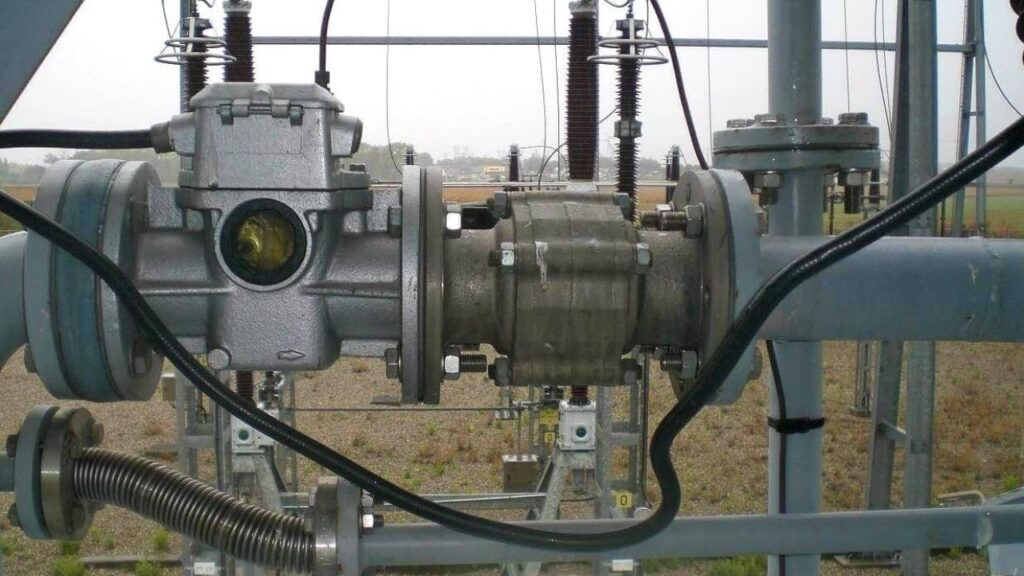
Installation of Oil Surge Relays
To guarantee best performance, installing an oil surge relay calls both meticulous preparation and execution. First, the relay should be positioned correctly—usually close to the pipelines or oil tanks it will track. Mounting the relay safely, linking sensors and electrical wire, and calibrating the device in line with manufacturer recommendations comprise the installation process. Correct installation is crucial since any misalignment or improper configuration could cause delayed reactions in key events. Involving a skilled technician with knowledge in oil relays will therefore greatly lower the likelihood of installation mistakes.
Maintenance Best Practices for Oil Surge Relays
Regular maintenance is crucial to guarantee that oil surge relays operate as they should over time. This covers standard inspections of the relay’s sensors and electrical connections to guarantee everything is in good running condition. Periodically testing the system is also advisable to confirm that shutdown systems and alarms turn on as expected. Maintaining a maintenance notebook facilitates the identification of trends over time by helping one monitor any problems and repairs. Ignoring maintenance could cause problems when it counts most, hence developing a schedule helps to prevent expensive problems.
Advancements in Oil Surge Relay Technology
Oil surge relays have experienced notable changes recently as fast technology advances have occurred. Nowadays, smart relays can connect with the Internet of Things (IoT), simplifying data collecting and real-time monitoring. These gadgets guarantee that operators, even in non-physical presence, are always updated about oil levels since they can transmit alerts to their mobile devices. Moreover, developments in sensor technology have enhanced the dependability and accuracy of oil surge relays, therefore enabling greater predictive maintenance and lowering of downtime. For companies trying to improve their oil management systems, keeping current with these developments is absolutely vital.
Common Issues with Oil Surge Relays
Oil surge relays, for all their significance, can run across typical problems that could compromise their operation. Sensor malfunction is one of the most common issues; it could cause false alarms or inability to identify real surges. Furthermore, oil pollution could cause erroneous readings or damage of relay components. Before these problems get out of hand, regular maintenance and quick replacement of worn-out components are absolutely vital. Moreover, knowing the indicators of malfunction—such as inconsistent readings or non-response—helps operators react quickly to guarantee the oil surge relay stays efficient. Investing in excellent relays and closely following manufacturer recommendations also helps to reduce numerous typical problems that could develop over the relay’s running life.
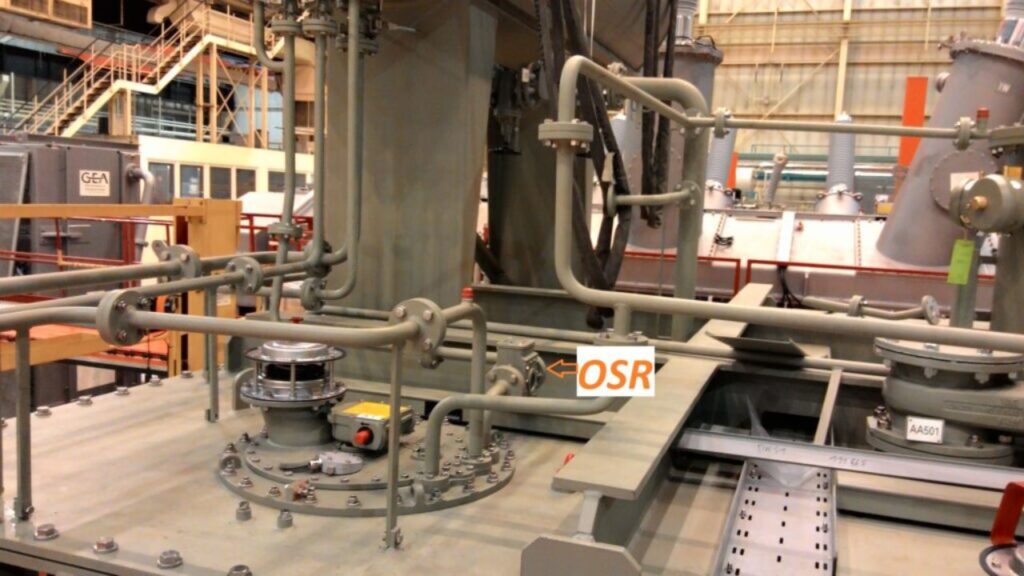
Applications of Oil Surge Relays
Oil surge relays find uses in several fields, particularly those involving the processing and storage of petroleum products. These relays in oil refineries check storage tanks to guarantee appropriate levels during filling and stop overflow events. In offshore drilling platforms, too, oil surge relays assist to control the intricate system of pipes and tanks sometimes under different pressures. Moreover, these relays are used in transportation systems including trucking activities and oil tankers to guarantee secure movement of oil products. Their adaptability and dependability make them absolutely essential in preserving efficiency and safety in activities involving oil.
Environmental Impact and Safety
Major environmental consequences of oil leaks and spills cause ecological disasters and heavy fines for businesses engaged in them. By offering fail-safe mechanisms that stop overflow and manage oil levels, oil surge relays help to reduce these hazards. Apart from maintaining the surroundings, these relays improve worker safety as well. Having a dependable method for tracking oil levels lowers the possibility of mishaps in sectors where oil exposure is a problem, guaranteeing a safer workplace for staff members. Investing in excellent oil surge thus not only helps operating efficiency but also worker safety and environmental protection.
The Future of Oil Surge Relays
The future of oil surge relays seems bright as sectors change with technology breakthroughs. Emerging technologies like artificial intelligence and machine learning are poised to completely transform the operation of oil surge relays. Predictive analytics should be included into future relays so that, depending on past data trends, even more proactive reactions to possible problems are possible. Furthermore, as sustainability and lowering carbon footprints become more important, the design of oil surge relays might also change toward eco-friendliness, making use of materials and technologies that minimizes environmental impact. Companies who keep ahead of these changes will gain from more operational efficiency and safety.
Oil Surge Relay VS Buchholz Relay
| Feature | Oil Surge Relay (OSR) | Buchholz Relay |
| Function | Monitors changes in oil pressure due to internal disturbances | Detects gas accumulation indicating potential faults |
| Response Mechanism | Reacts to rate of rising pressure from oil surges | Responds to gas flow and its accumulation |
| Location | Located between the On Load Tap Changer (OLTC) tank and the OLTC conservator | Typically installed in the transformer’s oil-filled tank |
| Fault Detection | Identifies internal faults like insulation failure early | Focuses on the detection of gas generated by faults |
| Operational Focus | Concentrates on rapid pressure changes in the oil | Concentrates on gas presence within the transformer |
| Applications | Primarily used in transformer protection | Used in transformer systems to monitor for gas leaks |
| Type of Pressure | Measures hydraulic pressure changes | Not dependent on pressure; relies on gas flow |
| Level of Sensitivity | Highly sensitive to pressure fluctuations | Sensitive to gas accumulation, can be less responsive to minor fluid changes |
This table gives readers a quick and simple reference to grasp their different purposes in transformer protection, thereby clearly separating oil surge relay from Buchholz relay.
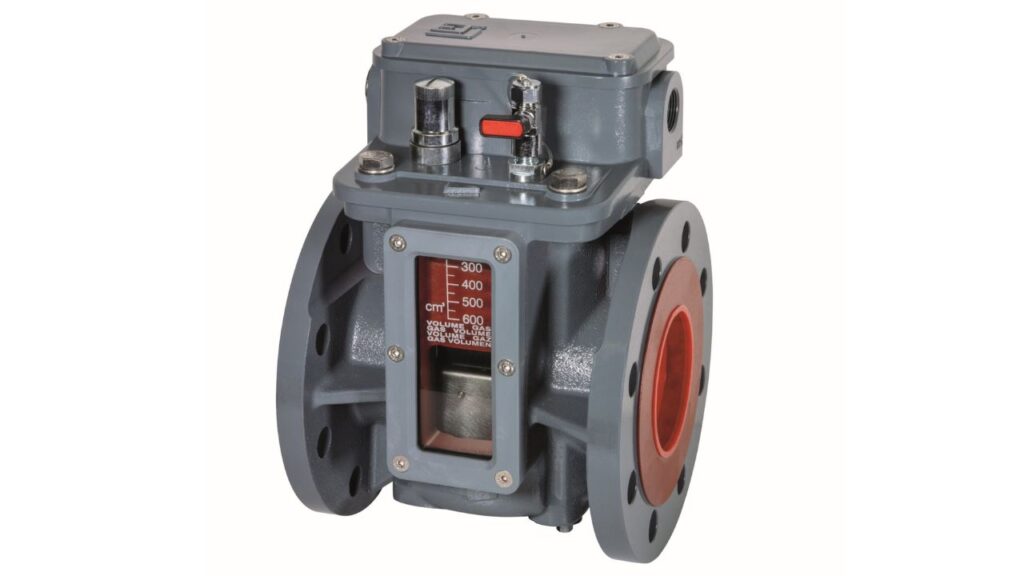
Conclusion
To clear up, any sector handling oil storage and management depends on oil surge relays as essential parts. They support general operational efficiency, aid to keep safety, and stop overflow events. Maximizing the usefulness of these devices depends on knowing how they operate, what kinds they are, how best to install them, and maintain them. Companies striving to guarantee safety and efficiency will need to keep educated about developments and trends in oil surge relay technology as technology keeps developing. Oil surge relays will remain safeguarding operations and environmental protection for years to come with appropriate care and incorporation of contemporary technologies.
FAQ’s
1. What is the purpose of an oil surge relay?
An oil surge relay’s main goal is to track abrupt changes in oil pressure, therefore enabling quick reaction to faults or outside disturbances. Early defect identification made possible by this quick reaction guarantees transformer protection. The oil surge relay helps stop more equipment damage by spotting internal problems such as insulation failures, therefore reducing downtime.
2. What is a surge relay?
One important safety tool meant to safeguard oil-immersed transformers is a surge relay. It serves as the transformer’s and the oil conservator’s link. Gas is produced when an internal fault in the transformer causes the surge relay to react by starting mechanisms protecting the transformer from possible damage.
3. Where is the oil surge relay located?
Carefully placed between the On Load Tap Changer (OLTC) tank and the OLTC conservator, is the oil surge relay (OSR). Designed to react especially to the rate of increasing pressure resulting from internal arcing, the OSR guarantees best transformer system safety.
4. What is the difference between an oil surge relay and a Buchholz relay?
Both devices function differently even though they have defensive purposes in transformer systems. The Buchholz relay picks up possible faults by sensing gas accumulating inside the transformer. On the other hand, the oil surge relay emphasizes on pressure variations brought about by oil surges. The Buchholz relay responds to gas flow essentially, while the oil surge relay responds to pressure, offering complimentary forms of protection.
5. What is an oil surge?
When forces from cornering or braking cause the oil to “slosh” within the sump, an oil surge results. At high RPMs, where the oil level may drop from pressured oil being transported throughout the system, this phenomena becomes most noticeable. Under such transitory conditions, the oil pickup can momentarily become exposed, causing insufficient lubrication and pump starving. Reliable operation of oil systems depends on a knowledge of this behavior.
